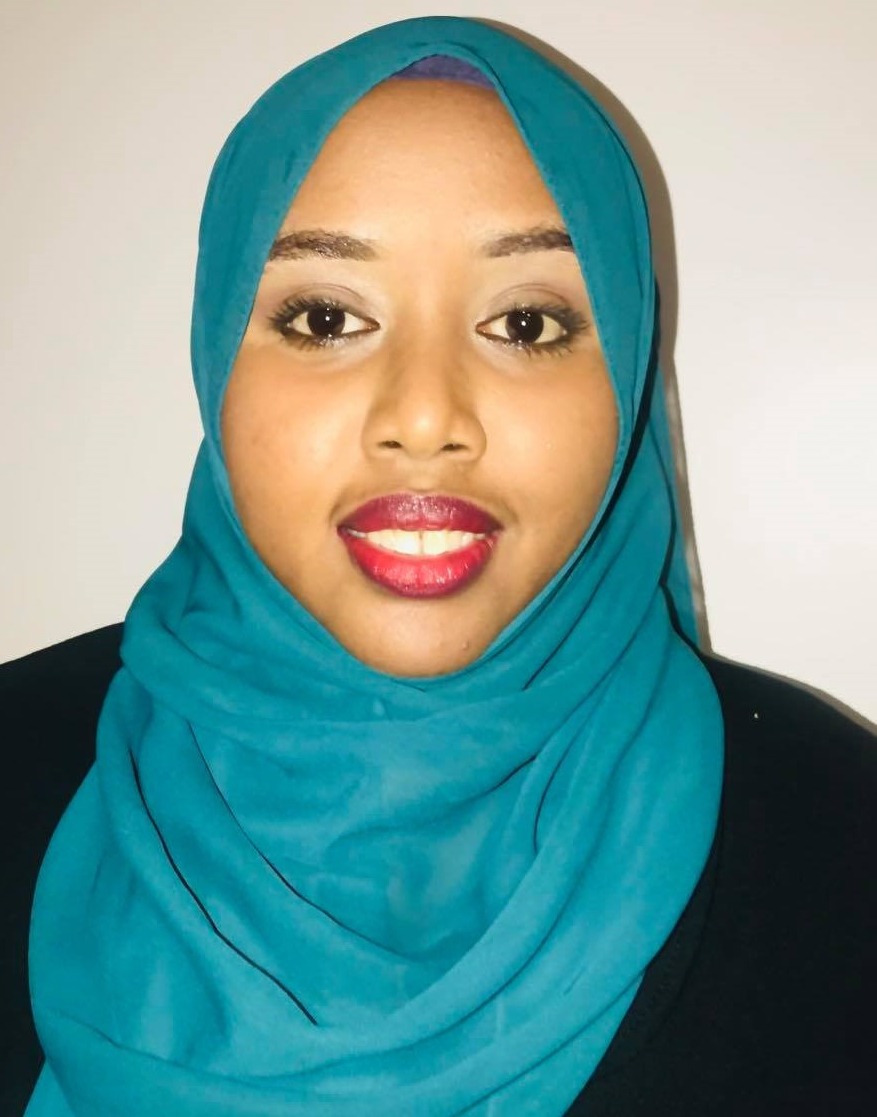MSc defence by Idil Souleiman Bouraleh
 Idil Souleiman Bouraleh from Djibouti, MSc Fellow in Chemistry Thermal Fluids at University of Iceland will present her MSc project on Thursday 25th of January at 14:40-14:52 on zoom: https://eu01web.zoom.us/j/65838750970
Idil Souleiman Bouraleh from Djibouti, MSc Fellow in Chemistry Thermal Fluids at University of Iceland will present her MSc project on Thursday 25th of January at 14:40-14:52 on zoom: https://eu01web.zoom.us/j/65838750970
The presentation will be a part of the UI series "Open seminar at Masters-day of Natural Sciences".
The title of the project is:
Scaling Potential During Utilization of High Temperature Saline Fluids in the Assal Geothermal Area (Djibouti)
Idil's supervisors are:
Halldór Ármannsson, retired chemist from Iceland GeoSurvey - ÍSOR
Iwona Monika Galeczka, geochemist, Carbfix
Daniel Villarroel Camacho, PhD fellow at GRÓ GTP, Faculty of Earth Sciences, University of Iceland
Her external examiner is Thráinn Fridriksson, resource leader for district heating, Reykjavik Energy
Abstract
The geochemical compositions and scaling potential fluids from the Assal geothermal system in Djibouti were studied through the analysis of five samples, including the fluids discharged from the Assal wells, Lake Assal and Ghoubbet seawater. The chemical composition and mineral saturation index assuming both boiled and cooled scenarios were calculated using the speciation software WATCH and PHREEQC. The deep reservoir temperature ranged between 245°C - 251°C, assuming equilibrium with quartz. The chloride concentration, approximately 70,000 mg/kg, is three to four times higher than that of the Ghoubbet seawater (20,800 mg/kg). During adiabatic cooling, galena, amorphous silica and sphalerite were calculated to precipitate in accordance with composition of the scale samples. In contrast, ferrosilite and calcite were predicted to form in the boiling model. Fe is more prevalent in the observed and predicted mineral precipitation than Mn, Pb, and Zn, except for sulfide minerals, which may be impacted by surface mineral deposition. The conductive cooling model simulates the mineral precipitation observed in the scale deposit better. This study shows that scales formed during geothermal utilization in Assal (galena, amorphous silica, ferrosilite) are similar to those found in other geothermal areas such as Reykjanes, Salton Sea, and Milos. These high salinity geothermal fluids could be utilized not only for electricity and heat production but also for critical and valuable metal and nonmetal extraction. The potential mass of recovered Li is calculated to be 68,900 t/month, SiO2 215,000 t/month, Mn 86,000 t/month, Pb 581 t/month, Zn 17,300 t/month and Fe 43,000 t/month.

